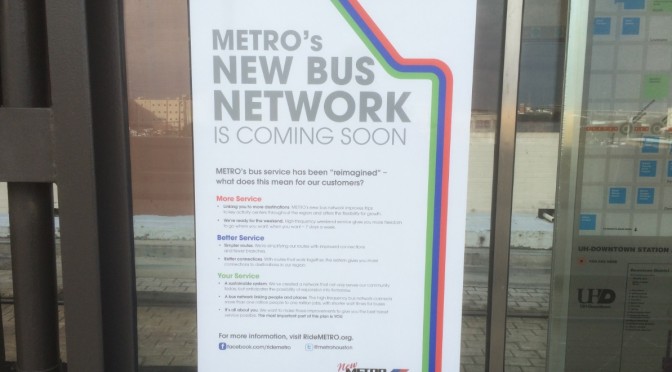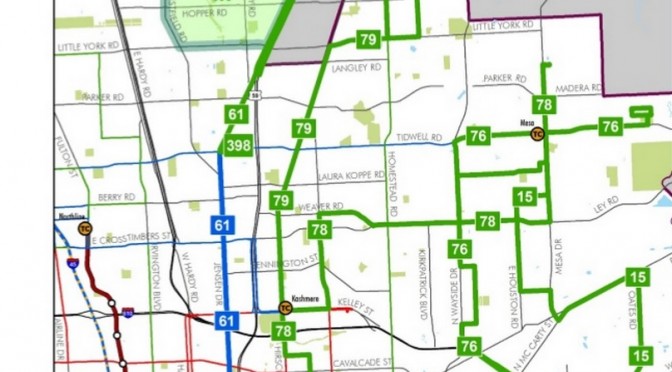After Reimagining Approval, Challenges Remain For METRO
There's no doubt that the top-to-bottom redesign of Houston's bus system was the result of lots of hard work. Since its approval last month, System Reimagining has received national media attention, mostly in the form of high praise from transit enthusiasts and critics alike.
But plans on a page are one issue. Bringing the new … Continue Reading ››

